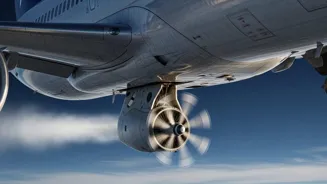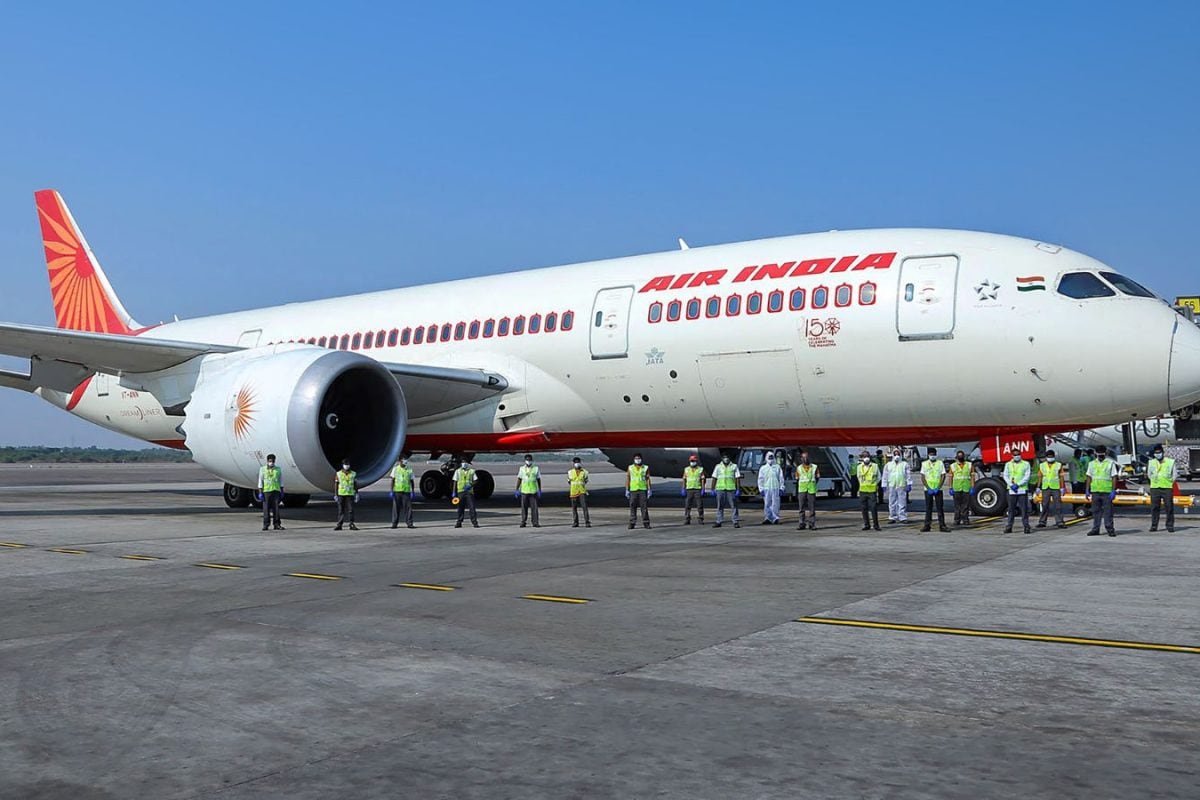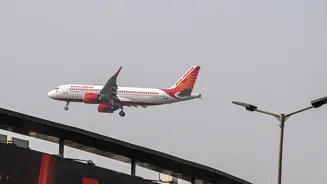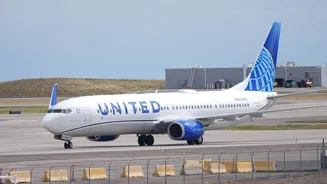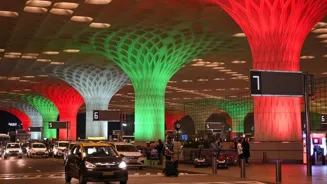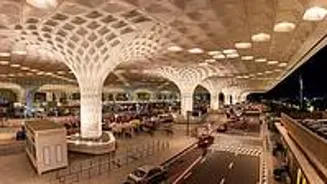The Federal Aviation Administration (FAA) has flagged a safety concern involving Boeing’s 787 aircraft, saying operators of Boeing 787-9 and 787-10 models will have to adopt a new “airworthiness directive
(AD)”. “This proposed AD was prompted by reports of multiple supplier notices of escapement (NOEs) indicating that ram air turbine (RAT) forward fittings were possibly manufactured with an incorrect titanium alloy material,” read a part of the summary of the document, the Financial Express reported.
FAA’s warning & Boeing response
The reported added, “The titanium material that was possibly used is a Grade 1 or 2 commercially pure unalloyed titanium, which has significantly reduced strength, fatigue and damage tolerance properties compared to the type design Grade 5 Ti-6Al-4V alloy material.”
According to a report by Aviation A2Z, the substandard titanium is believed to have been sourced from China and was supplied by Spirit AeroSystems, a key supplier to both Boeing and Airbus. The affected aircraft were assembled at Boeing’s facility in North Charleston, South Carolina.
The FAA further warned that using incorrect alloy material could lead to a failure of the Ram Air Turbine (RAT) during deployment.
“We issued guidance to our B787-9 and B787-10 customers in February 2025 and fully support the FAA’s proposal to make that guidance mandatory,” TOI attributed this statement to Boeing.
How many Boeing 787-9 aircraft does Air India operate?
According to a report by TOI, Air India currently operates Boeing 787-9 aircraft that were previously part of Vistara’s fleet before the merger. Prior to the merger, Air India primarily operated the 787-8 variant of the Dreamliner, which may not fall under the scope of the FAA’s latest directive and therefore might not require the same checks.
Is it the same aircraft that crashed in Ahmedabad?
No. The aircraft that crashed in Ahmedabad was a Boeing 787-8 Dreamliner. The RAT on this aircraft was deployed moments after it took off from Ahmedabad Airport on June 12, killing all but one passenger.
What is RAT?
A Ram Air Turbine (RAT) is a small, retractable, wind-powered turbine used as an emergency backup power source on modern aircraft, including the Boeing 787-9 and 787-10. It plays a critical safety role in ensuring that essential systems continue to function in the event of a complete or partial power failure.
It is a propeller-driven turbine that deploys into the airstream outside the aircraft. As air flows through the turbine during flight, it spins and generates hydraulic or electrical power to operate vital systems. It is typically stored in a compartment (often in the fuselage or wing root), and automatically or manually deployed during emergencies. It uses the aircraft’s forward motion (airflow) to generate energy. Provides emergency electrical power, and in some aircraft, hydraulic power.
Why is the RAT key to aircraft functioning?
The RAT is not used during normal operation. It becomes critical in emergency scenarios such as:
1. Loss of engine power
2. Loss of electrical generators
3. Loss of hydraulic systems (in some aircraft)
In such cases, the RAT provides just enough power to keep essential systems running, such as flight control systems (fly-by-wire), instrumentation and displays, communication and navigation equipment and some hydraulic actuators (depending on design). Without the RAT, pilots could lose control of the aircraft due to the failure of fly-by-wire or hydraulic systems.
What happens if the RAT malfunctions?
A malfunctioning RAT can lead to severe consequences, especially if:
- Both main engines fail (dual flameout or fuel exhaustion)
- The primary electrical systems fail (e.g., generator failures)
Potential impacts of a RAT failure:
Loss of control: On fly-by-wire aircraft like the Boeing 787, flight controls need power to function.
Loss of critical avionics: Navigation, displays, radios may stop working.
Emergency descent challenges: Pilots may not be able to manage cabin pressurization or communications effectively.
Hydraulic failure (if applicable):
Some flight surfaces may become inoperative.
RAT in Boeing 787-9 and 787-10
The Boeing 787 family uses a highly electric architecture with electrically actuated flight controls (no traditional hydraulic flight controls). In the event of power loss, the RAT becomes the last-resort power source.
Have there been any RAT related incidents?
Air Transat Flight 236: Airbus A330 ran out of fuel over the Atlantic. RAT provided power for glide and safe landing.
US Airways Flight 1549: After bird strike and dual engine loss, RAT powered vital controls for a successful ditching in the Hudson River.
With Agency Inputs
